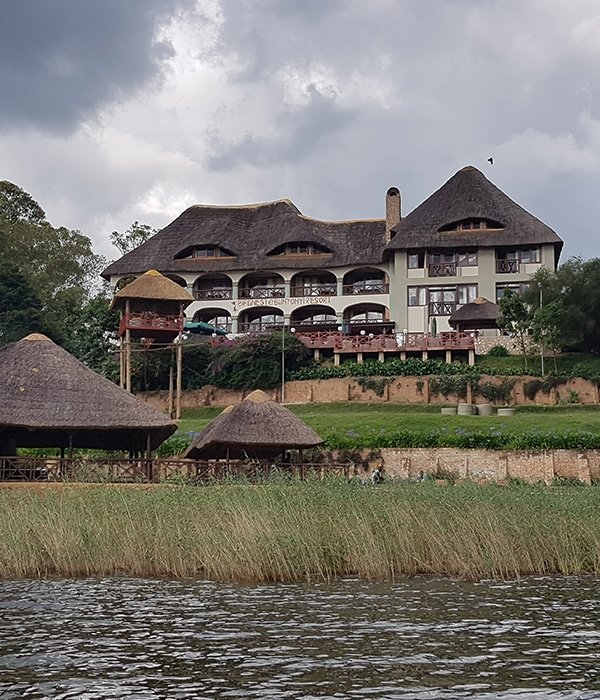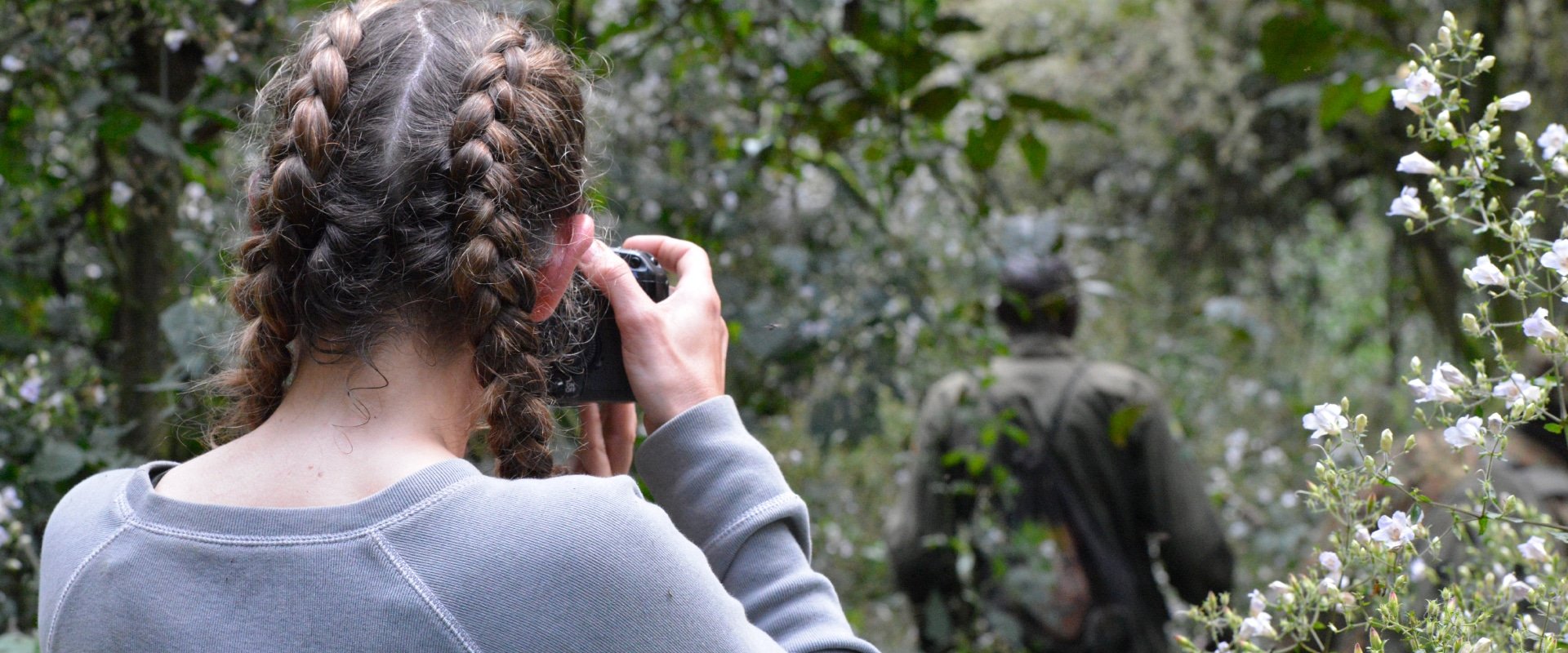- Home
- Destinations
- Uganda
- Bwindi Impenetrable Forest
Overview
Climate
Bwindi Impenetrable National Park enjoys a wet yet mild tropical climate, however the heat is directly related to the altitude. Generally the forest is cold in the morning and during the night, with moderate temperatures during the day.
Rainfall occurs throughout the year and fluctuation can be observed. June – July and December – February receive the least rain, with the highest rainfall occurring during March – May and October – November.
Although it can get really hot during the day in the drier months, it is considered to be the best time for game viewing and gorilla trekking. That said, trekking can be done throughout the year. During the wetter months, paths tend to be slightly more slippery.
Getting There
By Air: Travellers can fly from Entebbe International Airport or from Kampala at Kajansi Airfield and land at the tarmac airstrip at Kisoro. Planes may also be chartered to the Savanna or the grass Kayonza Airstrips.
Ideal Destination For
- Adventure
- Bucket List
- Safari
- Solo Travel



















The World Heritage-listed Bwindi Impenetrable National Park lies in the south west of the country and covers an area of over 330 km2. As the name dictates, the park is the real African jungle experience with steep mountain rainforest, dense undergrowth and vines. It is home to almost half the world’s population of endangered Mountain Gorillas as well as being one of the most biologically diverse areas on earth.
Gorilla permits are not cheap, but bear in mind that a portion of the fee goes to the park and gorilla conservation initiatives, which help to ensure their survival.
Gorilla tracking is limited to small groups and it’s advisable to book well in advance. Besides gorillas, the park is home to over 120 species of mammals, including chimpanzees, black and white colobus, blue monkey, bushpig, duiker, leopard, jackal, elephants and the rare giant forest hog. There are also over 350 species of bird, including several endangered species, such as the African green broadbill, 202 species of butterflies and over 200 species of trees found within the park.